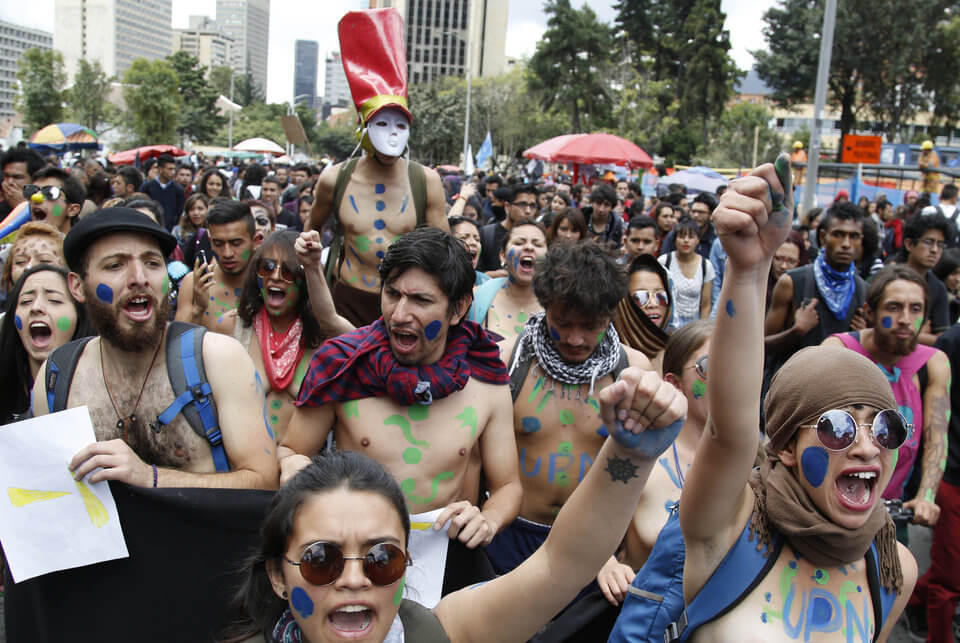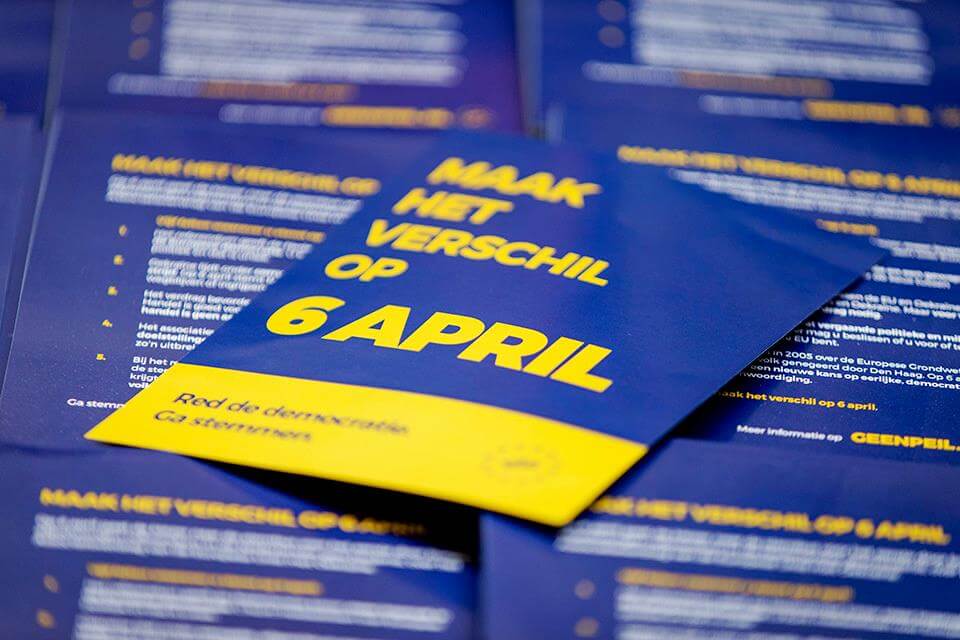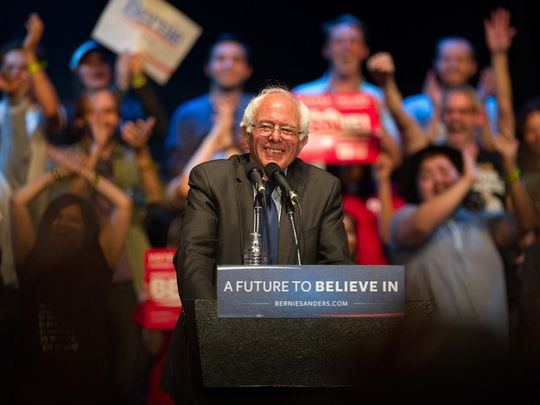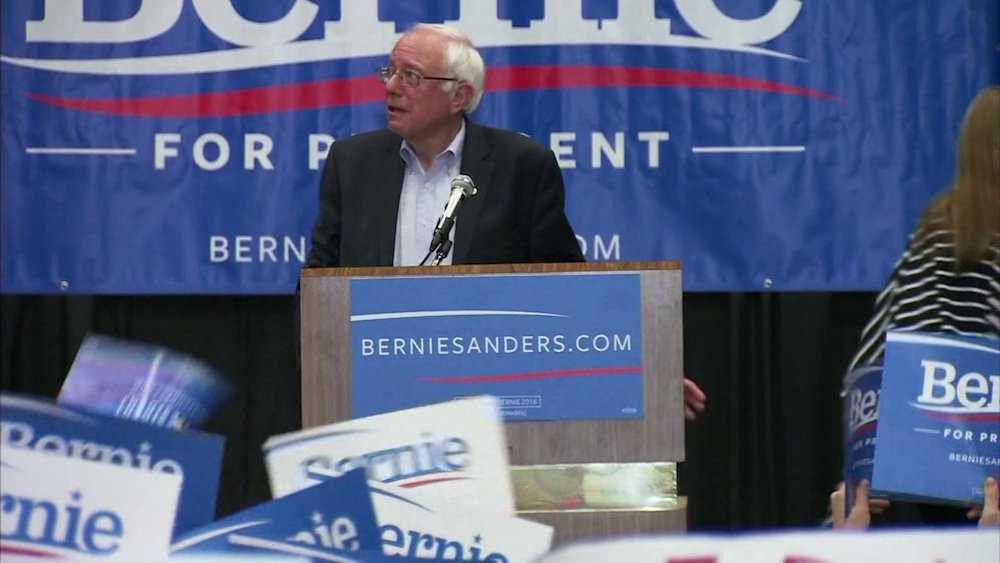The Colombian plebiscite on whether to move forward with the peace accord reached between the government of President Juan Manuel Santos and the Revolutionary Armed Forces of Colombia has been rejected by voters.
The “No” won by a narrow margin, with 50.21 percent to 49.78 percent for the “Yes” vote. The difference was a half of a percentage point against the peace accord.
The “No” had 6,431,376 votes to 6,377,482 votes for the “Yes.”
Voter turnout was very low, under 40 percent, with only 13 million of the 35 million eligible voters making it to the polls.
The surprising results—which went against all exit polls that had the “Yes” vote winning easily—are showing that the areas most affected by the conflict have overwhelmingly voted “Yes” for peace. For example in the heavily affected area of Choco, with 95 percent of the vote counted, 79 percent voted “Yes.” The Caribbean provinces have also voted “Yes.”
In the capital of Bogota, the “Yes” vote won by 56 percent to 44 percent for the “No” vote.
The plebiscite was non-binding and now the Colombian congress can still elect to pass the laws necessary to comply with the accords, although the amnesty law was built into the plebiscite and basically makes the agreement null.
The FARC-EP had consistently called for a constituent assembly instead of a plebiscite, arguing that an assembly would be much more representative and would guarantee the participation of the most marginalized and affected peoples in Colombia and would go beyond a simple yes or no vote.
In light of the vote, the FARC-EP said in an official statement that it will continue to pursue peace, using its words to reach peace and finally said it is confident that peace will prevail.
President Santos said he will abide by the vote, but will not give up on peace, sending negotiators back to Havana, Cuba to meet with their FARC-EP counterparts. He said he will also convene a meeting tomorrow of all political forces including the “No” forces to dialogue about what can be done. Most importantly, he reiterated that the bilateral cease-fire between the FARC-EP and the government will remain in effect.
The “No” vote was led by former president Alvaro Uribe and big landowners who have run the country with impunity for decades. The fear-mongering campaign launched by these forces, with the support of right-wing media, proved to much for the forces for peace.
Colombians went to the polls to vote on the approval or rejection of the peace agreement reached between the government of Santos and the FARC-EP guerrillas after nearly 4 years of negotiations.
The question posed to the population was: “Do you support the final accord for the end of the conflict and the construction of stable and lasting peace?”
The final text of the peace deal was signed on Sept. 26 by Santos and the FARC-EP leader Timoleon Jimenez, with numerous regional leaders and heads of state in attendance. The historic act is now clouded by the outcome of the plebiscite.











